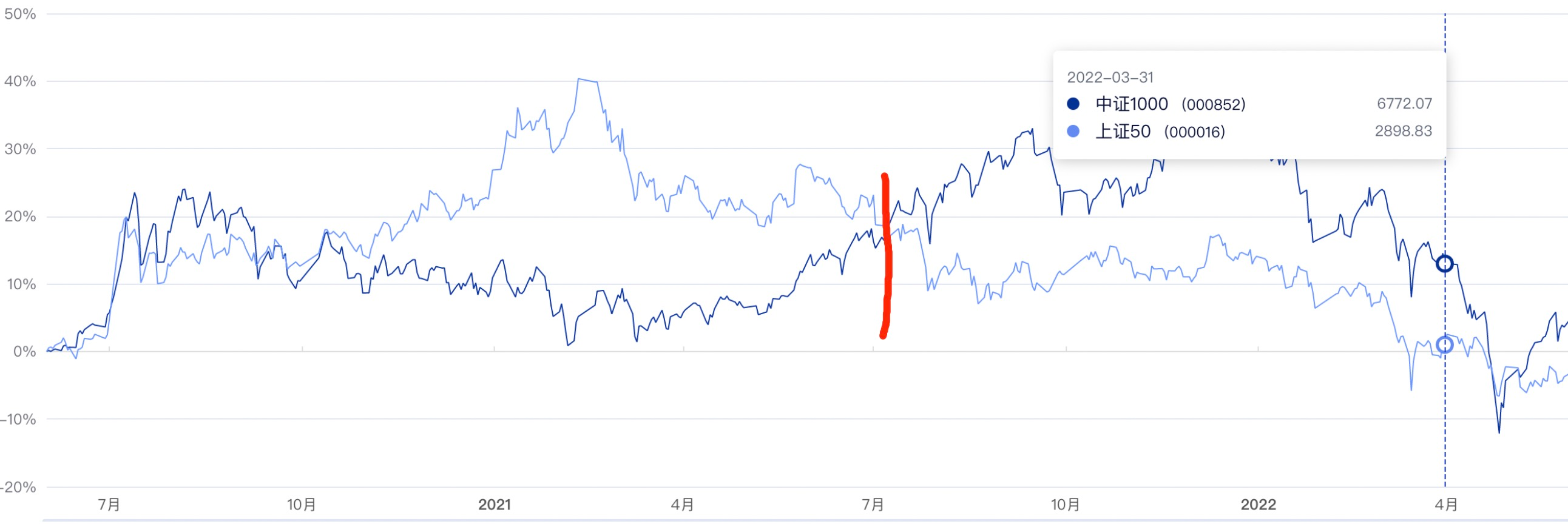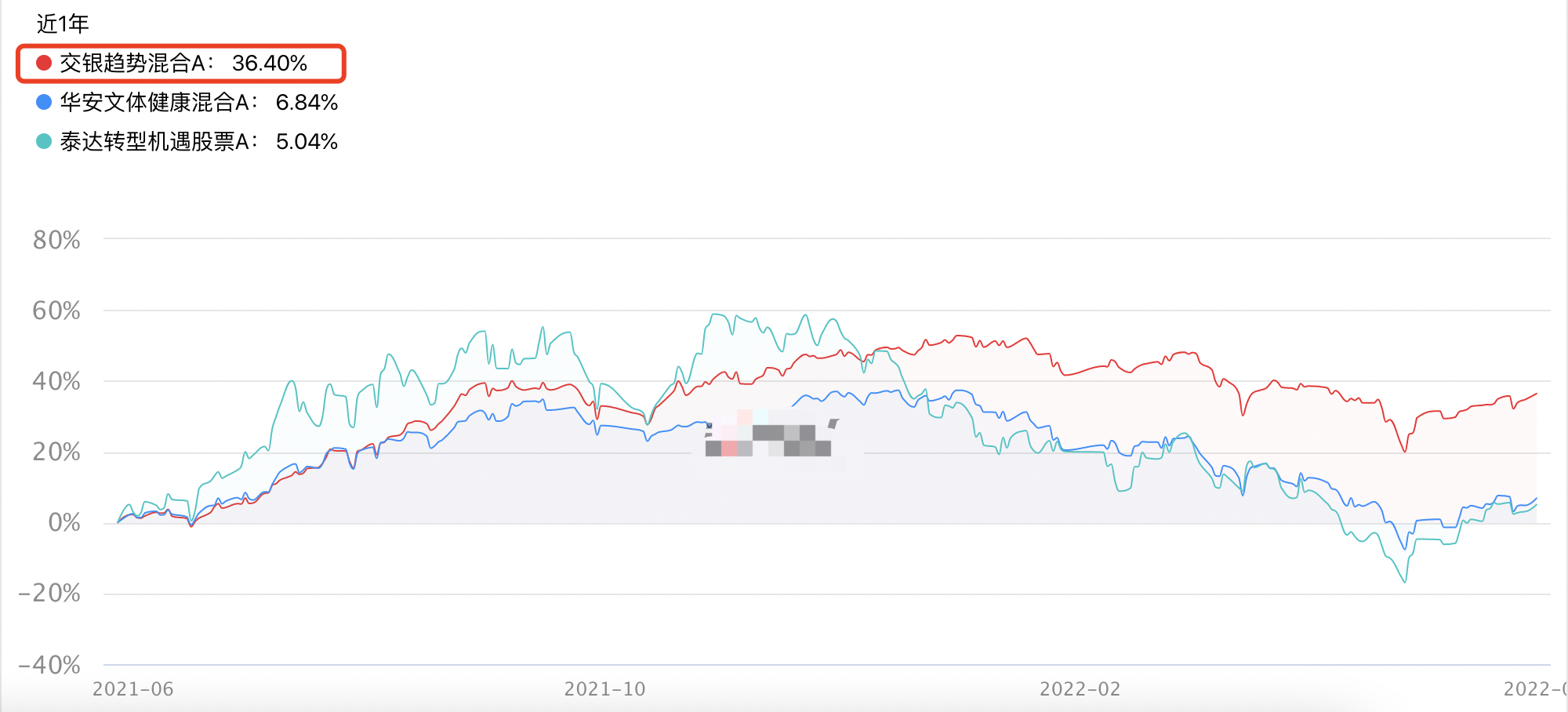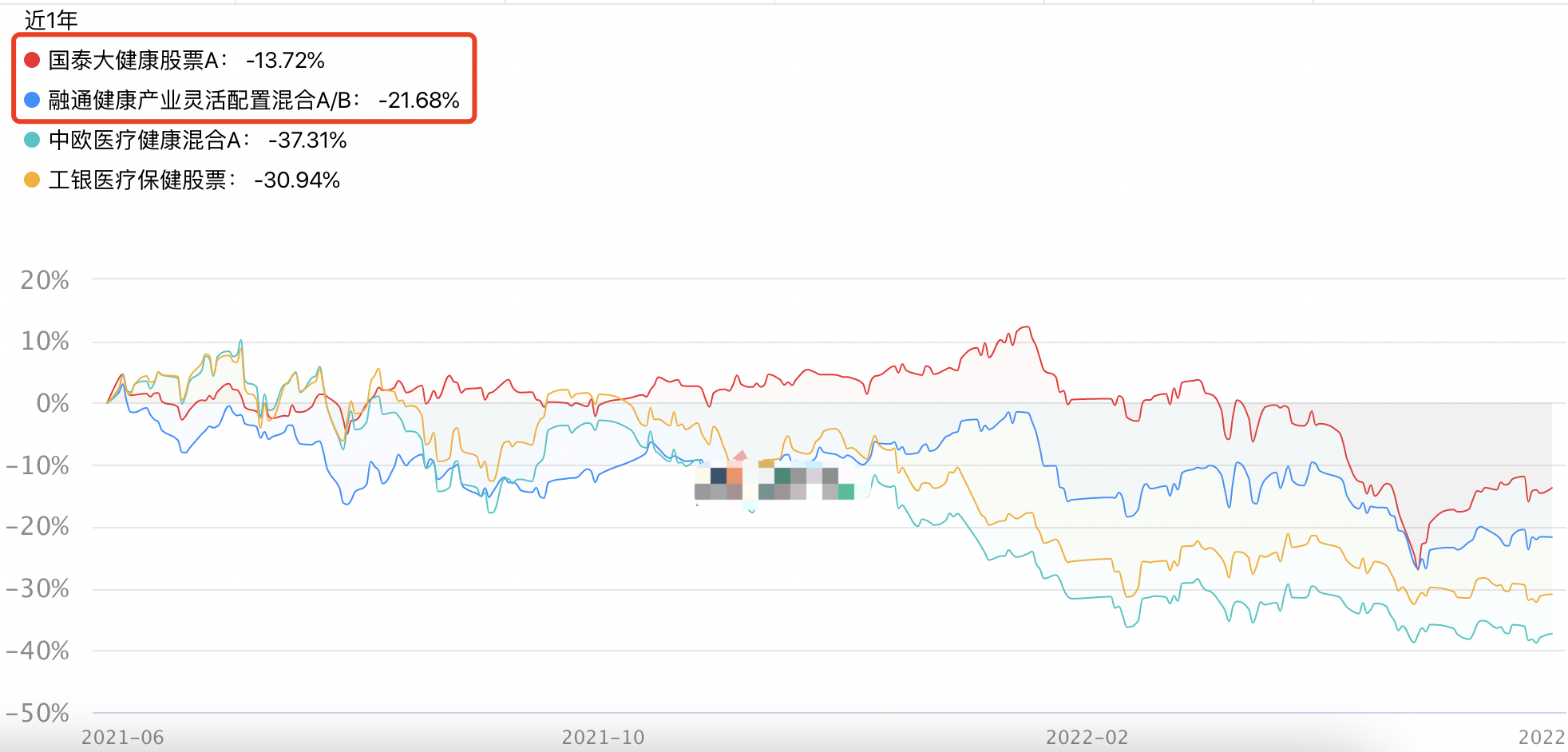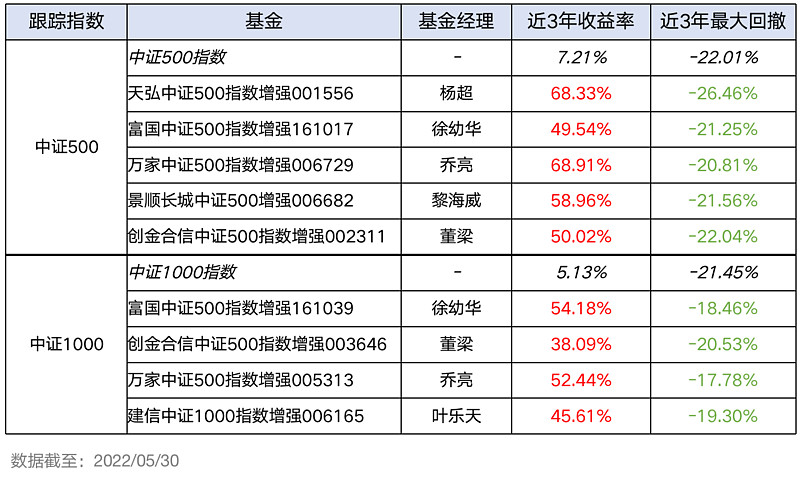My love for this fund, $Jin Yuan Shun An Yuan Qi Mixed (F004685)$ , is beyond words! How can you say he is so stable~~ ![]()
I have been “daily investing” in this fund for 66 trading days. Under the premise of continuously raising the fixed investment cost, I can still earn 7% on the position!

This is certainly the best among small-cap stock funds.
Speaking of small-cap stocks, let’s take a look at the performance of the index. The rebound of the CSI 1000 in the past one month is not bad~

In fact, since July last year, the market style has begun to switch, and the neglected small-cap stocks have begun to counterattack. The CSI 1000 Index has begun to surpass the Shanghai Stock Exchange 50 and become the most dazzling star this year.

Data source: China Securities Index Network
How is the market style formed?
To put it simply, the mainstream participants in the market have formed a cycle of “discovery -> grouping -> disintegration” based on “judgment of the current prospects of a certain industry and stock and expectations of future performance”.
①In 2020, the outbreak of the epidemic is superimposed on quantitative easing, and funds are grouped into large-cap growth stocks represented by medicine and consumption → the market has formed a large- cap growth style
②In 2021, specializing in new small-cap stocks will be more attractive; the consumption and pharmaceutical sectors are overvalued, and the group will be loose → the market will form a small- and medium-cap style
③In 2022, the policy of stabilizing growth combined with the decline in market risk appetite, and low-valued infrastructure, finance, real estate and other value stocks are favored → the market has formed a small- cap value style

Why are “small and medium-cap” funds worth mentioning?
The reason is simple: because most fund managers in the market mainly invest in large-cap stocks; and good funds that insist on investing in small-cap stocks are extremely rare.
So why do fund managers generally invest in large-cap stocks?
There are two main reasons:
First, the research cost of large-cap stocks is low and the winning rate is high.
Excellent large-cap stocks either already have a brand, have an industry status, or have a mature business model with cash flow, etc., and are not easy to step on the thunder, such as Kweichow Moutai, Hengrui Medical, Yili and other industry leaders.
On the other hand, small-cap stocks have a huge base, mixed with good and bad, and research is too time-consuming and labor-intensive, and it also requires more ability and energy for fund managers to select stocks.
Second, it is restricted by the “Double Ten”.
Good funds are usually larger and cannot buy small-cap stocks.
The first “ten” means that a fund holds shares of a listed company whose market value cannot exceed 10% of the fund’s net asset value;
Another “ten” means that all funds managed by the same fund manager hold securities issued by a company, and shall not exceed 10% of the securities.
Take a star fund with a scale of 50 billion yuan as an example: its fund manager is very optimistic about a small-cap stock with a market value of only 5 billion yuan, but can only buy 10% of the stock at most, which is 500 million yuan. But this 500 million, for this fund, accounts for only 1%. This percentage is meaningless to this fund. This also reflects an important point: the larger the fund, the smaller the range of stocks to choose from, and many opportunities are lost.
Why pay attention to “small and medium-cap” funds?
First, the price-performance ratio of small-cap stocks is gradually emerging, making it easier to obtain excess returns.
In recent years, we have only had a very strong investment preference in a few industries, such as consumption, medicine, the Internet, and new energy. However, China’s industrial chain is very rich, but we pay little attention to other areas, including small-cap stocks.
It is precisely because in recent years that popular large-cap stocks have received high attention and sufficient pricing, it is difficult to obtain excess returns from investment. Therefore, mining small-cap stocks can get excess returns. Moreover, the valuation of small and medium-sized caps is still in the historically low valuation range, and the cost-effectiveness of deploying small and medium-sized caps at this stage is very high.
Secondly, the policy is also continuously favorable for the development of small and medium-sized enterprises.
On September 3, 2021, the “Beijing Stock Exchange”, which is committed to creating a main position for serving innovative small and medium-sized enterprises, was established.
On January 23, 2021, the “specialized, specialized, and new” policy was introduced. It is planned that from 2021 to 2025, the central government will allocate more than 10 billion yuan of funds, focusing on supporting the high-quality development of more than 1,000 national-level specialized, specialized, and new enterprises.
Vice Premier Liu He delivered a speech: “my country’s small and medium-sized enterprises make important contributions to the overall national economy. Only when small and medium-sized enterprises are good will China’s economy be good. We must create a good environment for the development of small and medium-sized enterprises. The capital market will create good conditions for the development of small and medium-sized enterprises. “
Therefore, the probability of small and medium-cap funds running out of excess returns in the future is likely to be higher than that of large-cap funds.
In order to let everyone more intuitively feel the ability of “small and medium-cap funds” to obtain excess returns, let’s look at the comparison between the two groups.
Let’s take a look at 3 “trend style” funds:
BOCOM Trend Mix (Yang Jinjin) – Small Cap
Hua’an Sports and Health (Liu Changchang) – Small and Medium Cap
TEDA Transformation Opportunities (Wang Peng) – Overweight
As can be seen from the trend chart in the past 1 year, the mixed performance of Bank of Communications, which prefers small-cap stocks, is significantly better.

Data as of: 2022/5/30
Let’s look at 4 “medical themed” funds:
Cathay Pacific Health (Xu Zhibiao ) – Small Cap
Rongtong Health Industry ( Wanminyuan ) – Small Cap
CEIBS Healthcare (Glen) – Overweight
ICBC Healthcare (Bei Zhao) – Overweight
Similarly, the two medicine-themed funds that are relatively small caps have performed better in the past year.

Data as of: 2022/5/30
However, although the styles of A-shares are frequently switched, the gap in returns is not very large when the time is stretched.

Data as of: 2022/5/30
In general, according to the limited representative funds, compared with the “same style” large-cap stock funds : an excellent small-cap stock fund, in general, can achieve “higher returns, more drawdown and volatility ” low” !


Who are the “representative fund managers” of small and medium-cap funds?
I found a total of 9 fund managers with balanced style, trend style, value style and industry theme for everyone.

Configure small and medium-cap funds, there are 2 possible risks
First of all, for some fund managers, the allocation of small and medium-cap stocks is likely to be the result of industry selection (for example, some sub-sectors are dominated by small-cap stocks). Once they are not optimistic about these industries in the future, they may return to large-cap stocks.
Secondly, some fund managers currently allocate small and medium-sized caps, which may be in order to “respond” to the switching of market styles, and it is not ruled out that they will be adjusted in the future. Because, unlike the “growth, value” style classification of fund managers, the small-cap style is difficult to become a distinguishing label among fund managers. Because value and growth style reflect the fund manager’s tolerance for valuation, which is determined by character, experience and worldview, which is difficult to change. And for small-cap stocks and large-cap stocks, fund managers are more concerned about the trade-off between the two.
If you want to configure small and medium caps, you can also consider “exponential enhancement”
It is true that the performance of an excellent actively managed small-cap fund is likely to be better than that of an index-enhanced fund. However, in order to better avoid the above-mentioned two risks, we can also choose to configure an “index-enhanced” fund.

The market’s style switch will indeed affect the fund’s returns in the short term, and behind the style rotation is the pursuit and game of big funds on the economic track. But at the same time, we must understand that it is extremely difficult for us ordinary investors to predict the market style. In fund investment, “selecting people” is more important than “stepping on points and adjusting positions by yourself”. On the basis of selecting a good fund manager, consider the chances of success, the risks of success or failure, make layouts, and make judgments. This may be a reasonable fund. investment method.
@雪ball Fund @Today’s topic @雪ballCreator Center # Should fund managers sell stocks for control retracement? # #Demand continues to recover! Is it time for consumer-themed funds to get on board? # $CSI1000(SH000852)$ $SSE50(SH000016)$
This topic has 20 discussions in Snowball, click to view.
Snowball is an investor’s social network, and smart investors are here.
Click to download Snowball mobile client http://xueqiu.com/xz ]]>
This article is reproduced from: http://xueqiu.com/8687456694/221722473
This site is for inclusion only, and the copyright belongs to the original author.